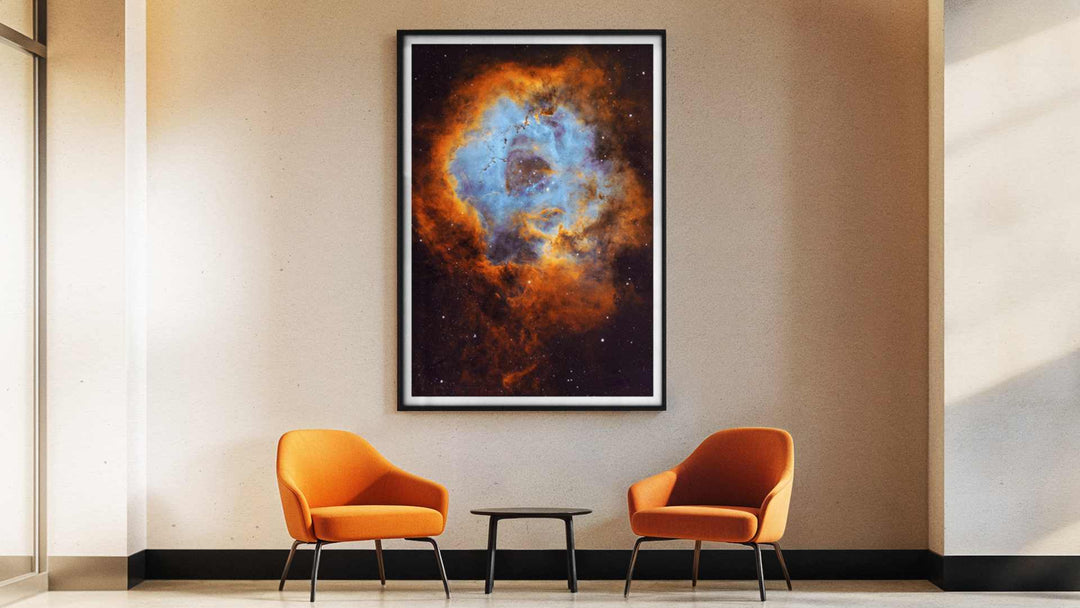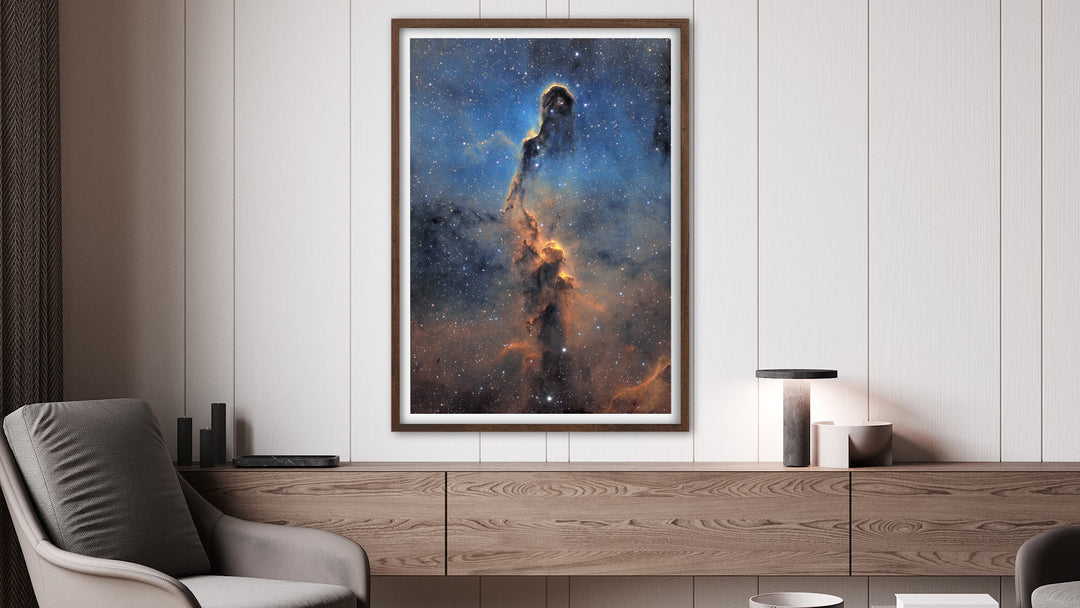Łukasz Remkowicz: Heart of the Solar Eclipse - The Universe's Greatest Show
April 8, 2024. Arkansas.
For 4 minutes and 28 seconds, the Moon slid perfectly between Earth and Sun, casting a shadow across the American landscape. The sky darkened. Stars appeared at midday. And the Sun's hidden corona blazed into view—streamers of superheated plasma extending millions of miles into space, invisible every other moment of our lives.
Polish astrophotographer Łukasz Remkowicz was there, camera ready, watching the clockwork precision of celestial mechanics unfold.
What he captured wasn't just totality. It was the story of totality—the progression from sunlight to shadow and back again, arranged in one stunning mosaic that shows what most eclipse chasers miss: Baily's beads sparkling through lunar valleys, the diamond ring effect blazing at contact, and the corona's delicate structure revealed only when the Moon blocks the Sun's overwhelming face.
This is the eclipse you remember.
The eclipse you tell your grandchildren about.
The eclipse that makes you understand why people travel the world chasing shadows.
This wasn't just an astronomical event; it was a shared human experience. This masterful mosaic by Łukasz Remkowicz is your chance to own the very essence of that moment, forever.
Seconds That Feel Like Eternity
Baily's Beads (left and right edges): These aren't artistic effects. They're actual sunlight shining through valleys on the Moon's edge. The lunar surface isn't smooth—it's cratered, mountainous, uneven. As the Moon covers the Sun, those final rays find gaps in the terrain, creating brilliant points of light that appear and disappear in seconds.
Ancient astronomers called them "beads" because they reminded them of pearls on a string. Modern astronomers know them as proof that we live in the only epoch where Moon and Sun appear almost exactly the same size in our sky—a cosmic coincidence that won't last forever.
The Diamond Ring (just before totality): That moment when only one bead remains, blazing beside the thin ring of the Sun's edge. Photographers wait years to capture this second. It lasts maybe 3-5 seconds. Miss it and you wait for the next eclipse.
The name is perfect—it looks exactly like an engagement ring, complete with brilliant diamond and glowing band. Some people get engaged during this phase. Some people cry. Most people just stand there, stunned.
Totality (center): The Moon has covered the Sun completely, and suddenly you can see what's been there all along—the corona.
This is the Sun's outer atmosphere, extending millions of miles into space, with temperatures reaching 2 million degrees Fahrenheit (yet somehow hotter than the Sun's surface—a mystery astronomers are still solving). The streamers follow magnetic field lines. The pink prominences are eruptions from the chromosphere, loops of plasma trapped by magnetism.
You can only see this during totality. The Sun's photosphere—its "surface"—is a million times brighter than the corona. Looking without a total eclipse is like trying to see stars at noon. The light overwhelms everything.
Why April 8, 2024 Mattered
The 2024 total solar eclipse crossed North America from Mexico through Texas, Oklahoma, Arkansas, Illinois, Indiana, Ohio, and into Canada. The path of totality—that narrow band where the Moon fully covered the Sun—was only 115 miles wide.
Arkansas got 4 minutes 28 seconds of totality near the centerline—among the longest durations anywhere along the path. Step a few miles in the wrong direction and you'd only see a partial eclipse. Stay in the path and you'd witness what Remkowicz captured: the full progression from light to darkness and back.
This wasn't smartphone photography. It was automated HDR sequences—multiple exposures at different shutter speeds to capture the massive brightness range from blazing diamond ring to subtle coronal streamers. Then alignment to coronal structures (which move and shift during totality), mosaic composition, processing to reveal both brilliant beads and delicate corona detail.
The result? One image that tells the complete story.
The Astrography Standard: The Definitive Image
A total solar eclipse is one of nature's most profound and ephemeral events. Many photographs were taken, but few truly capture its soul. At Astrography, our mission is to find that definitive image. We scoured countless captures of the 2024 eclipse to find the one that told the most complete story. This mosaic by Łukasz Remkowicz is that piece—a technically brilliant and artistically moving tribute to a once-in-a-generation event.
Who This Print Is For
-
Eclipse chasers who were there: If you witnessed the 2024 eclipse, this is your memory. This is what you saw but maybe couldn't photograph—the beads, the diamond ring, the corona's structure all in one frame. This is the print that takes you back to that moment when the sky darkened and the universe revealed its machinery.
-
People who missed it: The next total solar eclipse crossing the United States isn't until August 23, 2044. That's 20 years away. This print brings April 8, 2024 to your wall—the eclipse you couldn't travel to, couldn't see, couldn't experience. Until now.
-
Science enthusiasts and educators: This is textbook-quality eclipse documentation showing the progression most people never notice. The beads prove the Moon has topography. The diamond ring shows the photosphere's edge. The corona reveals magnetic field structure. One image, multiple lessons.
-
Art collectors who love natural phenomena: Total solar eclipses happen somewhere on Earth every 18 months, but any given location sees one only once every 375 years on average. This is rare natural drama, captured with technical precision and composed with artistic vision.
-
Gift seekers wanting something meaningful: Know someone obsessed with the 2024 eclipse? Someone planning to chase the 2026 eclipse in Spain? Someone who's never seen totality but dreams about it? This is the gift that captures the phenomenon they can't stop talking about.
-
Astronomy lovers, period: The Sun and Moon. Light and shadow. Physics and beauty. This image distills what makes astronomy compelling—the universe performing with mathematical precision, creating moments of transcendent beauty available to anyone who looks up at the right time.
Two Formats, One Eclipse
A memory this significant deserves to be preserved with the utmost quality. We prepared a two mediums:
-
Fine Art Print (200+ year lifespan): Museum-grade archival paper with pigments tested for centuries. This is investment-quality printing—the kind that preserves both the subtle corona detail and the brilliant diamond ring without losing either to fading. Your descendants will see this eclipse exactly as Arkansas did on April 8, 2024.
-
Poster Print: Same stunning progression, same technical excellence, accessible pricing. Perfect for classrooms, first apartments, anyone who wants the 2024 eclipse on their wall without the fine-art investment.
Both formats ship ready to frame. We handle the challenging brightness range—from the diamond ring's blinding brilliance to the corona's whisper-thin streamers. You just choose your size and relive the eclipse.
What People Remember
"When the corona appeared, I understood why ancient people thought eclipses were divine."
Every person who witnessed totality has their moment. Their story. Their realization that we're on a planet, orbiting a star, while a moon passes in front of it with such precision that we can predict it to the second.
This print captures that moment. Not just photographically—emotionally.
Don't let the memory fade. Bring the heart of the 2024 solar eclipse home today.

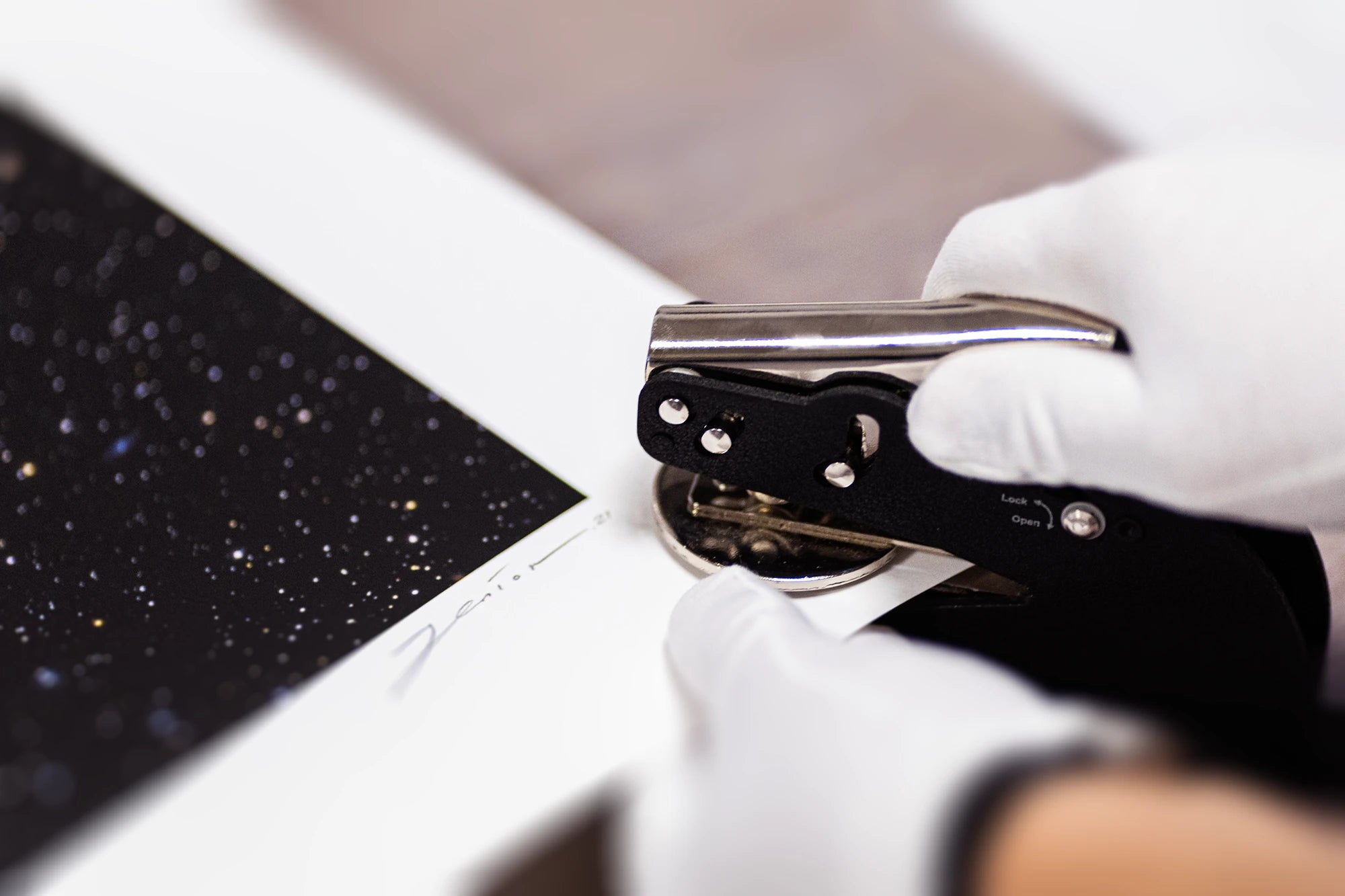
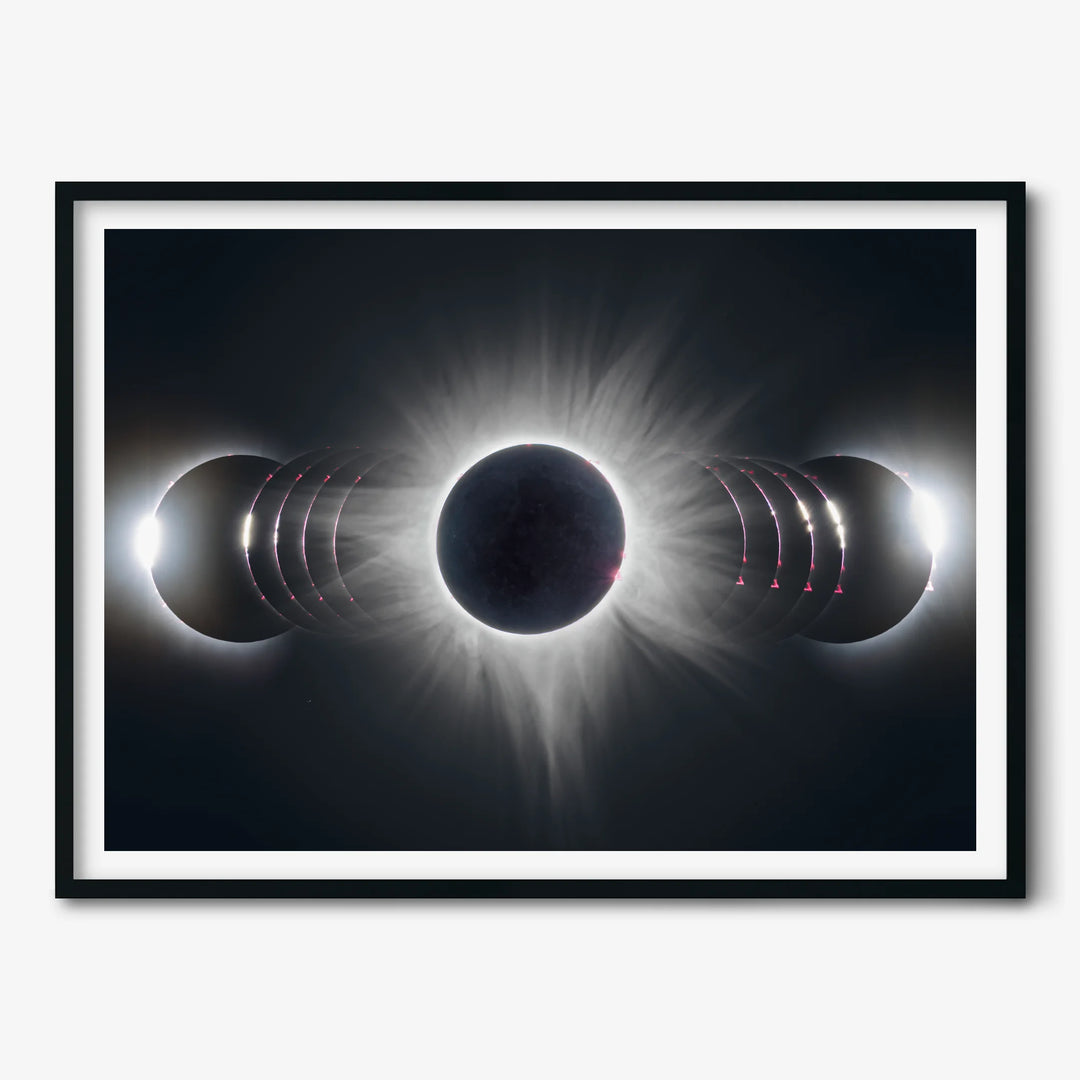
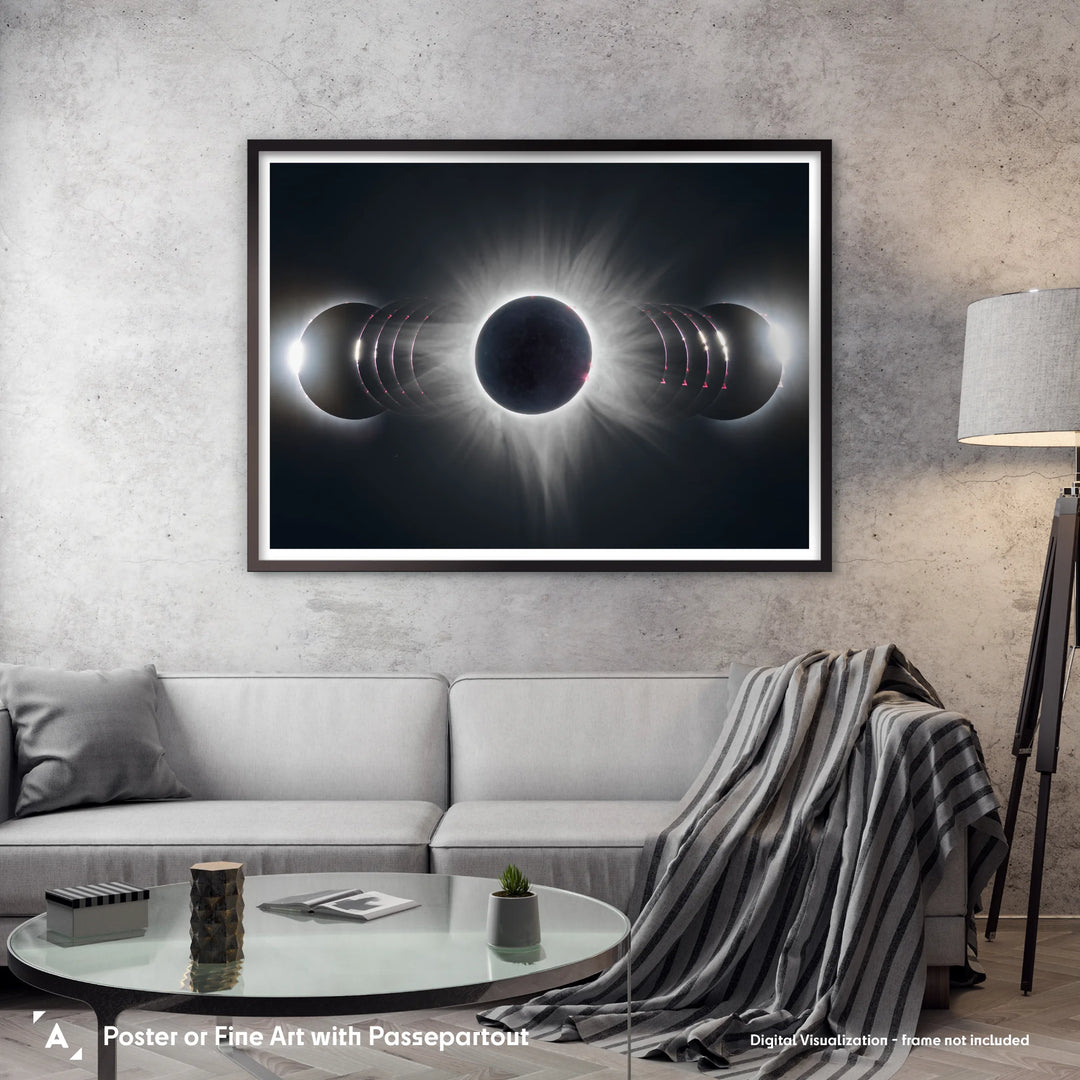
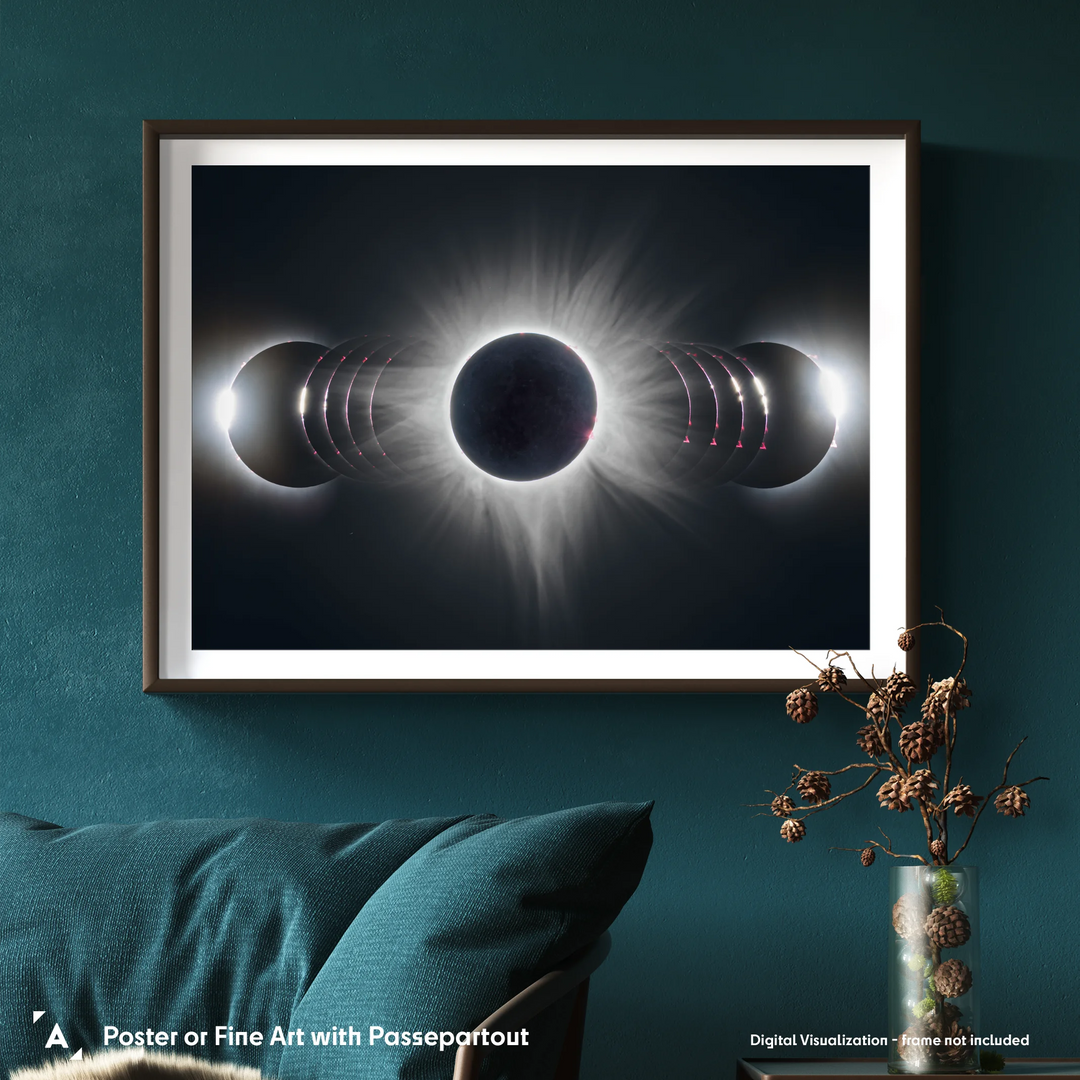
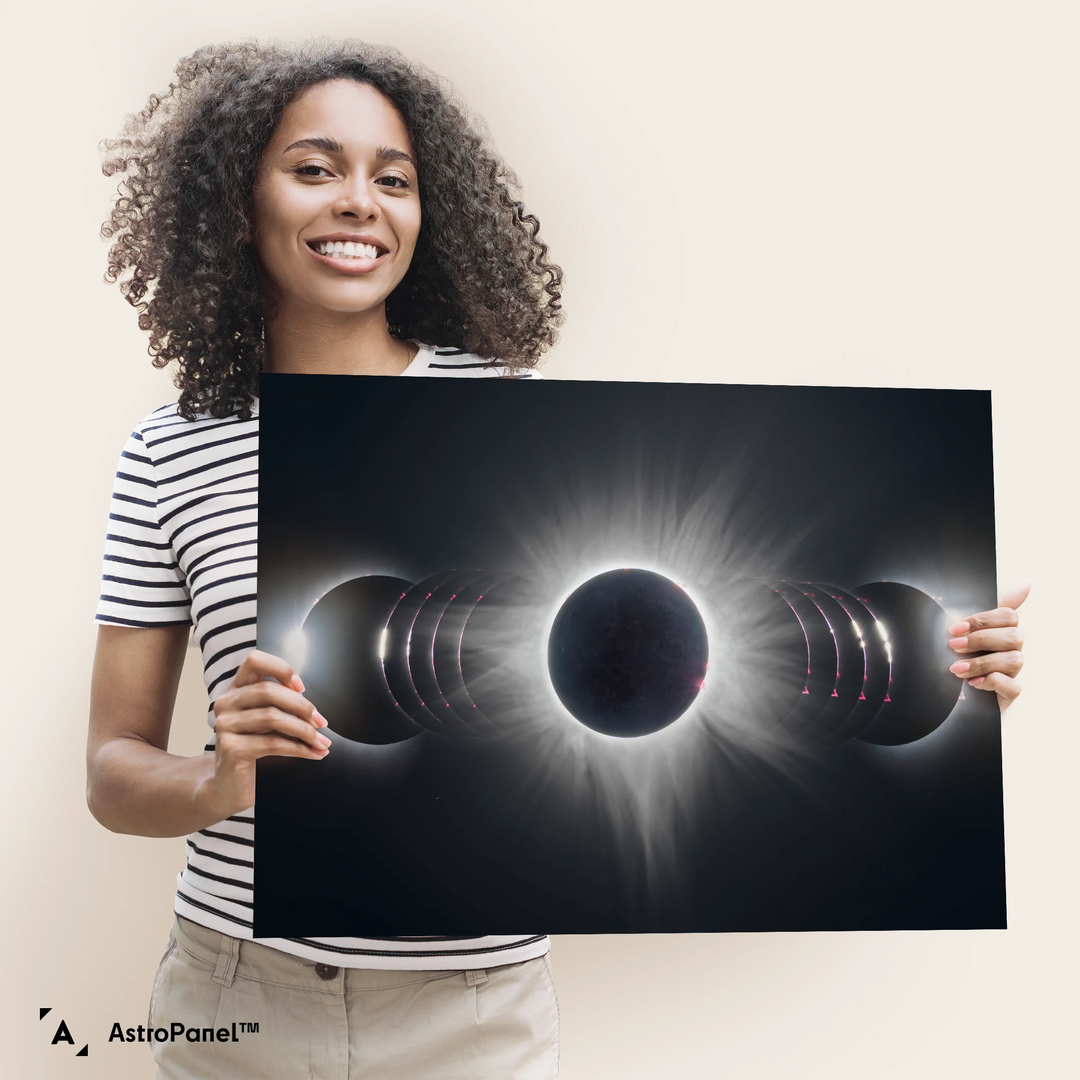
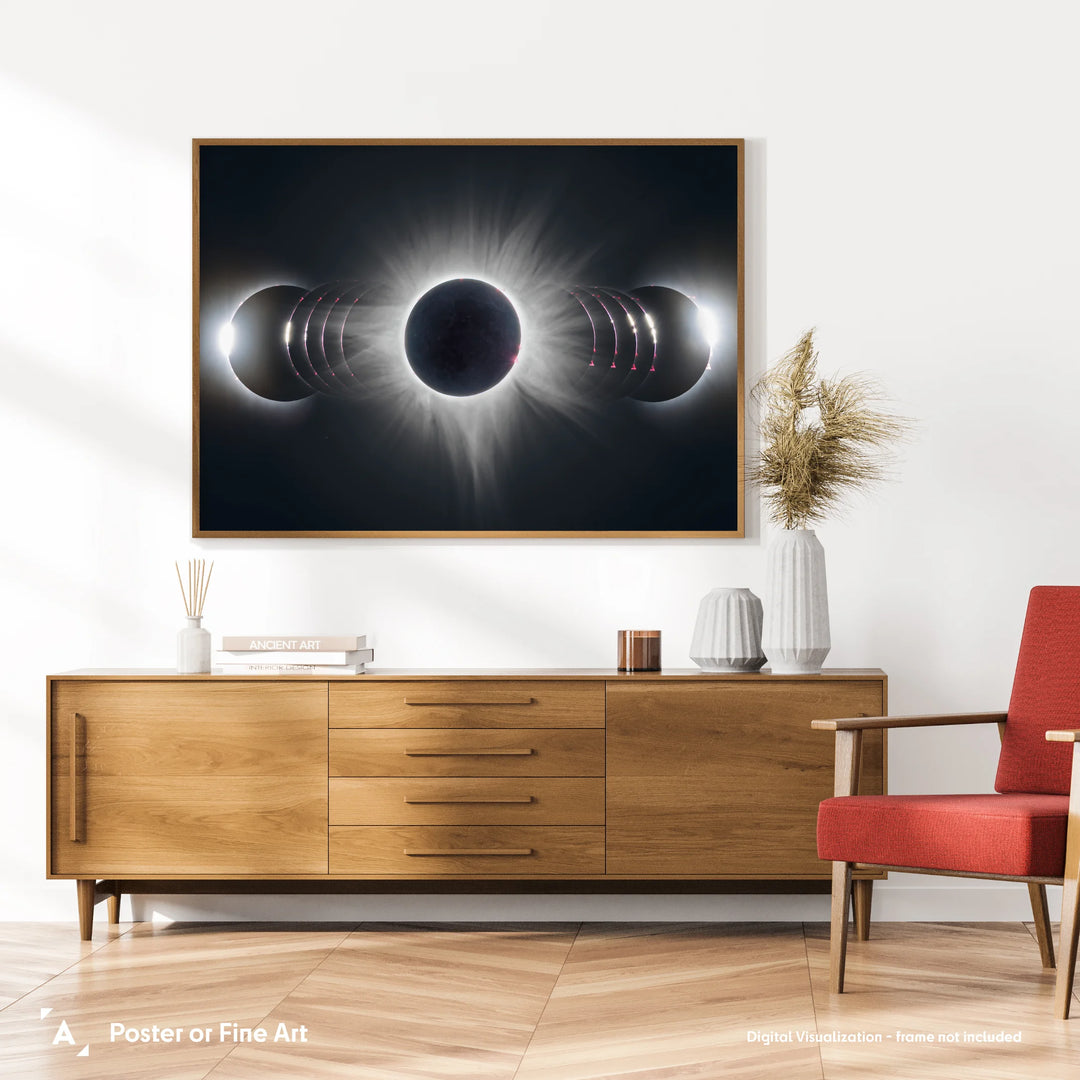
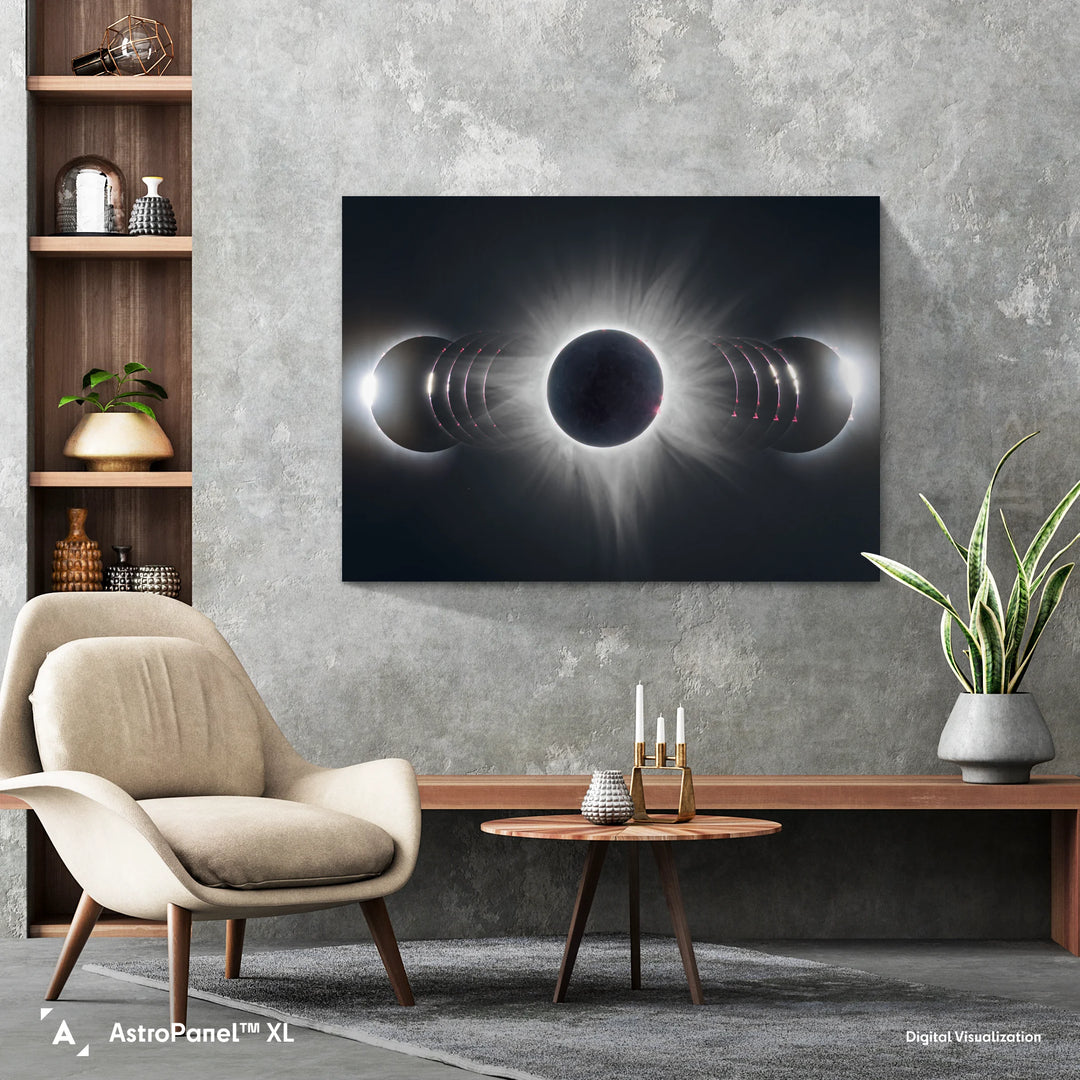
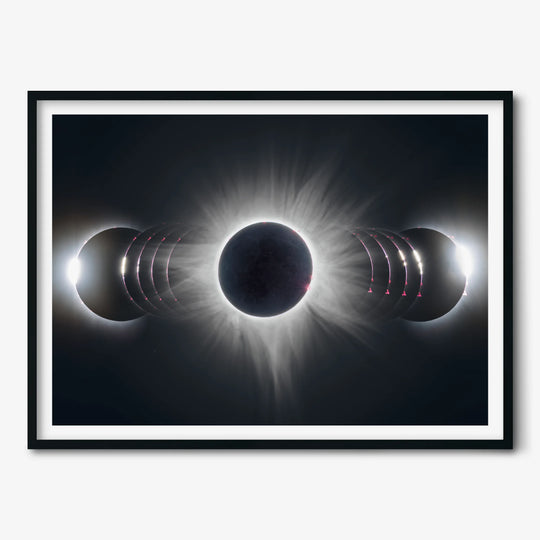
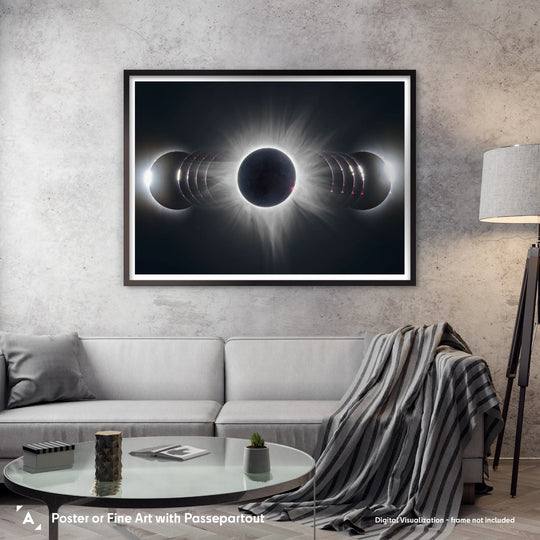
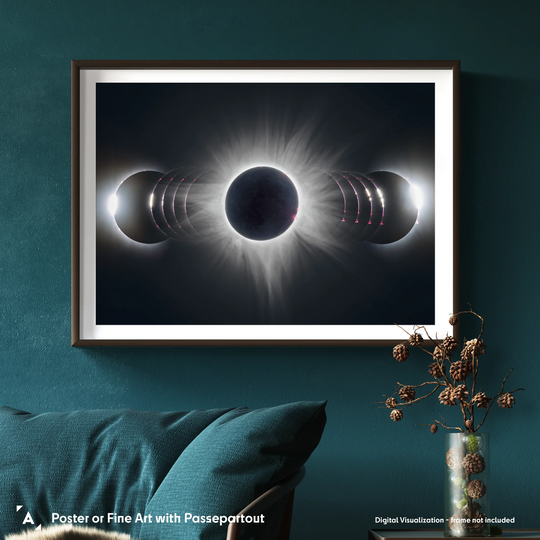
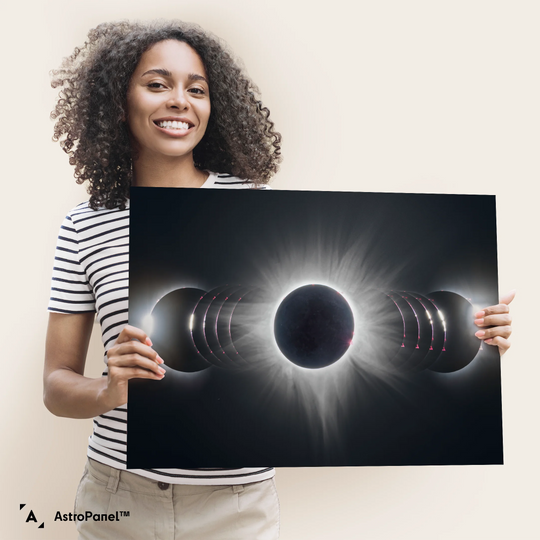
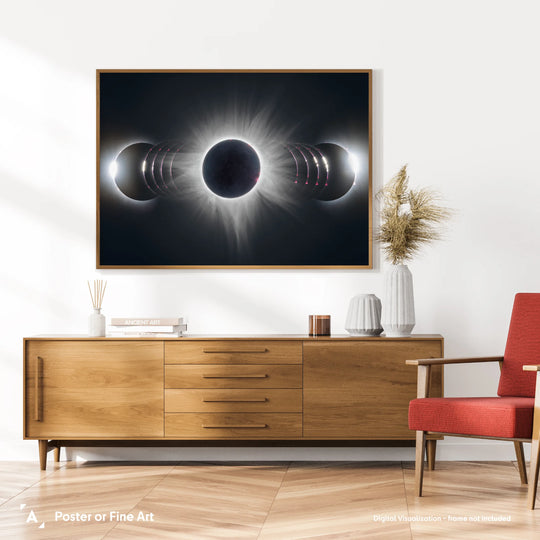
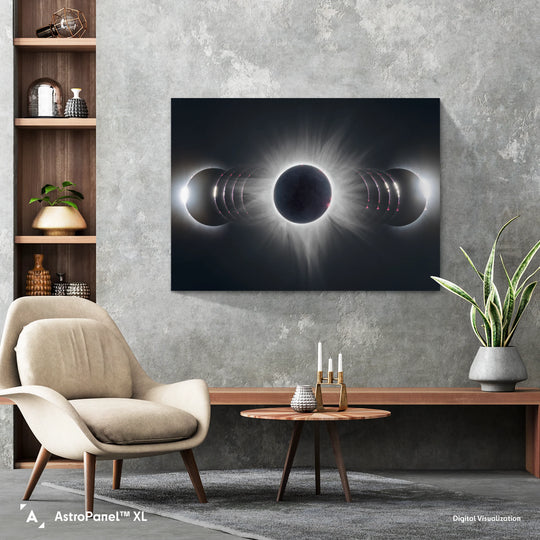

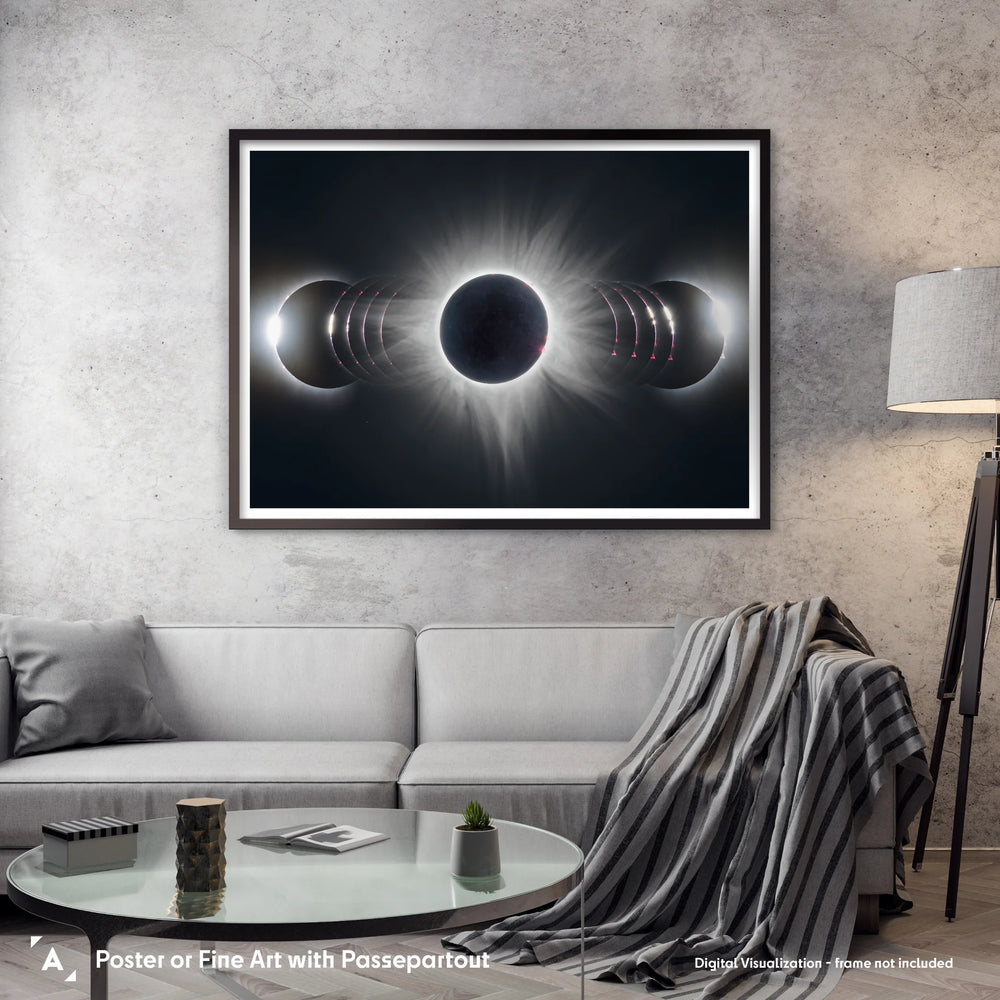
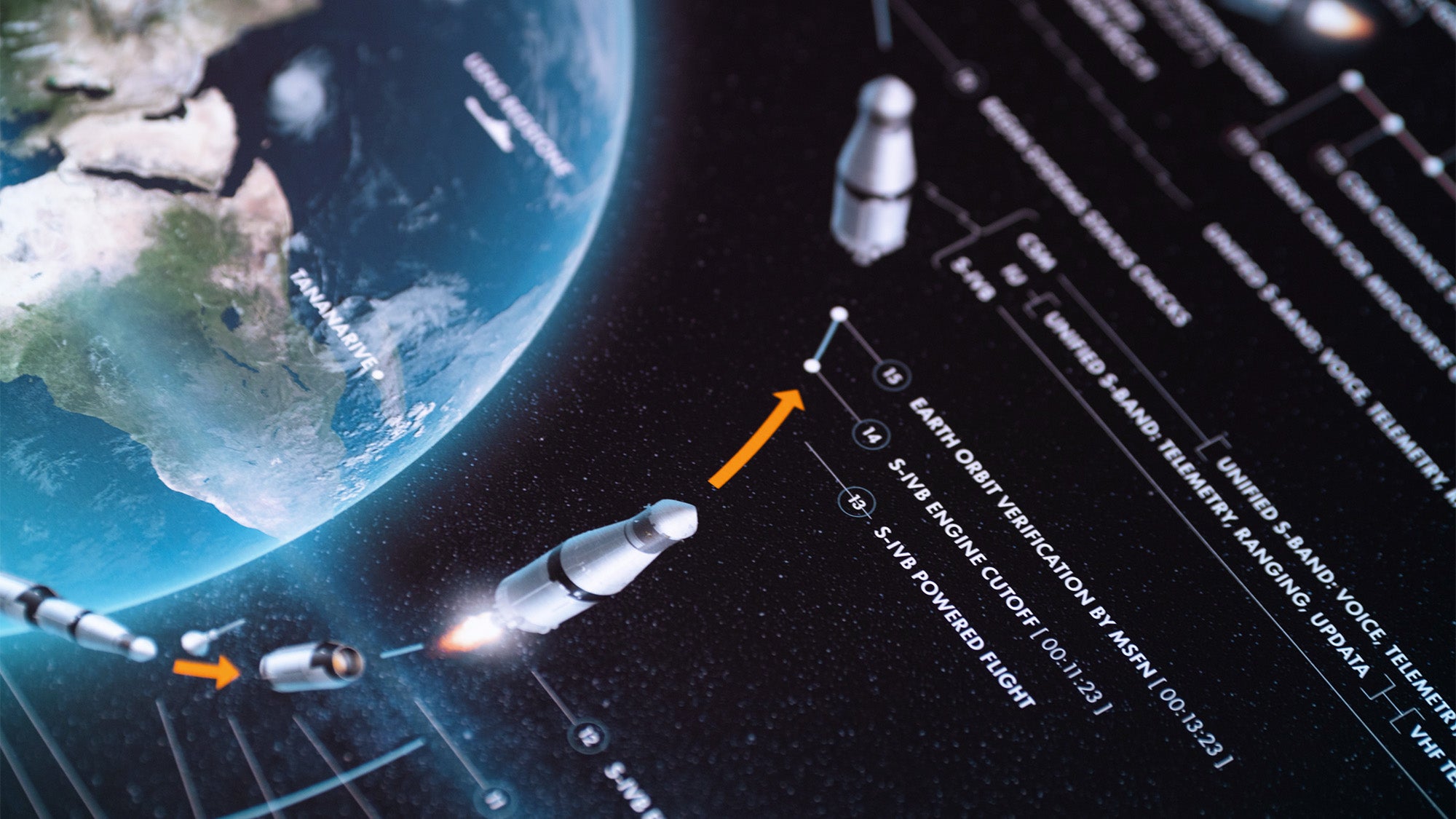
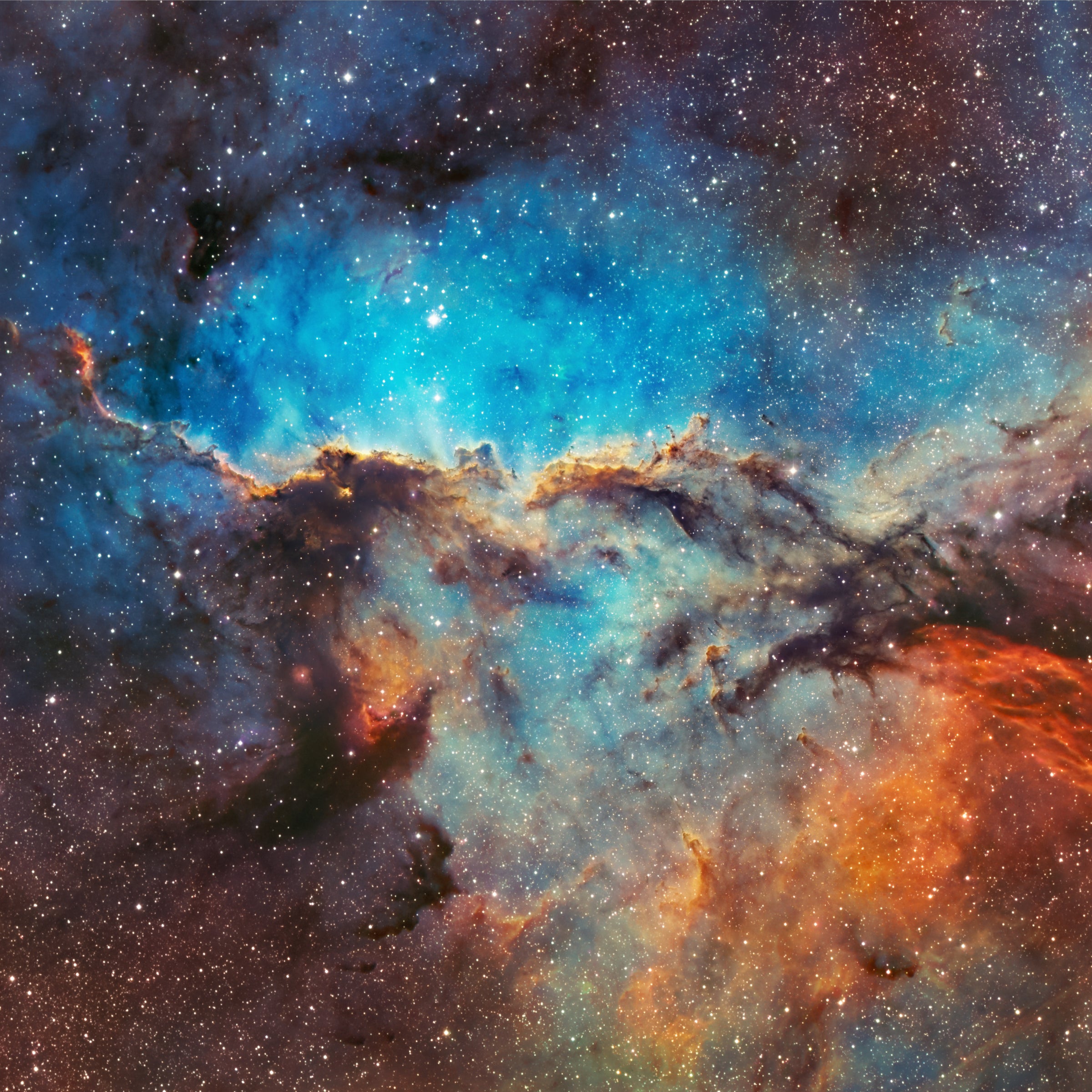
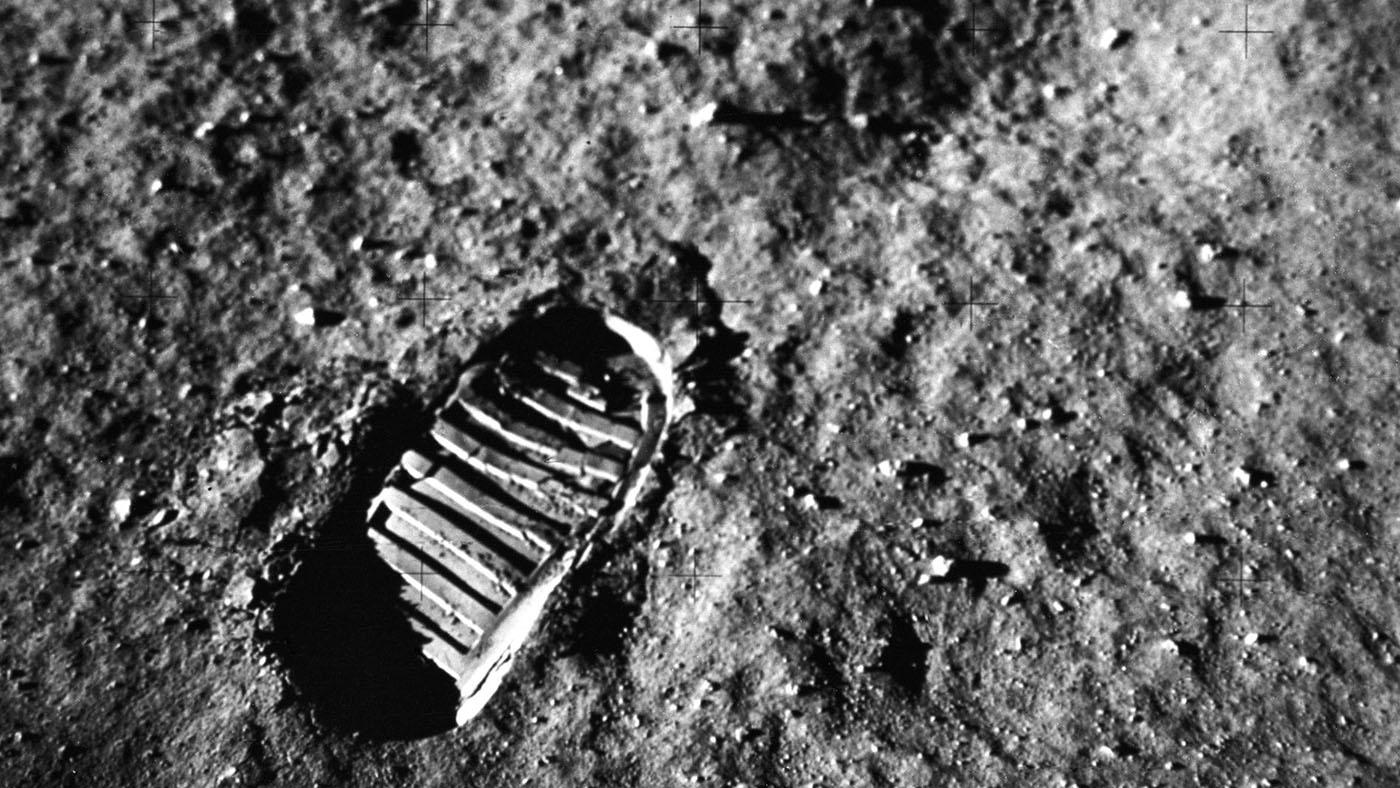
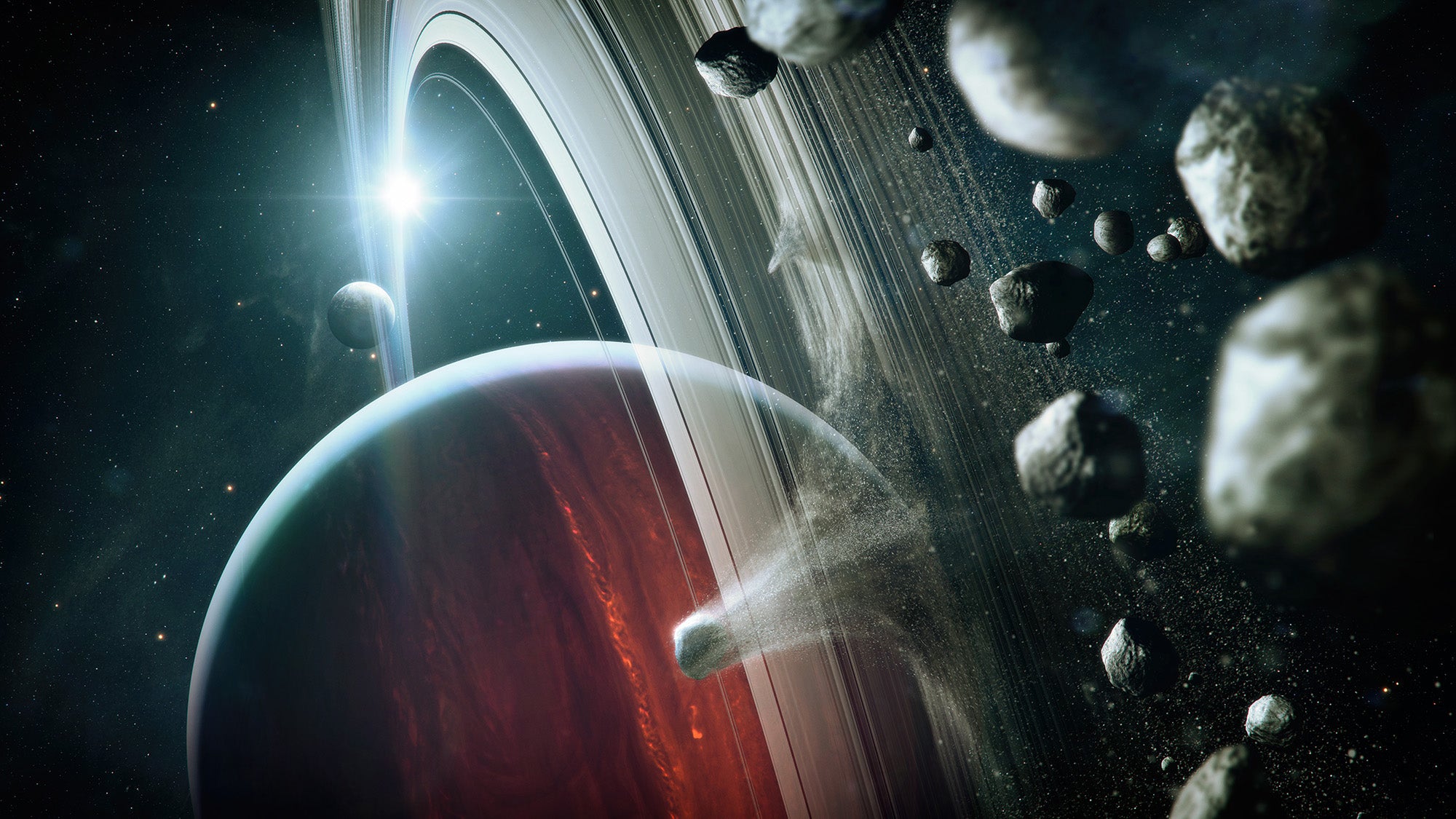
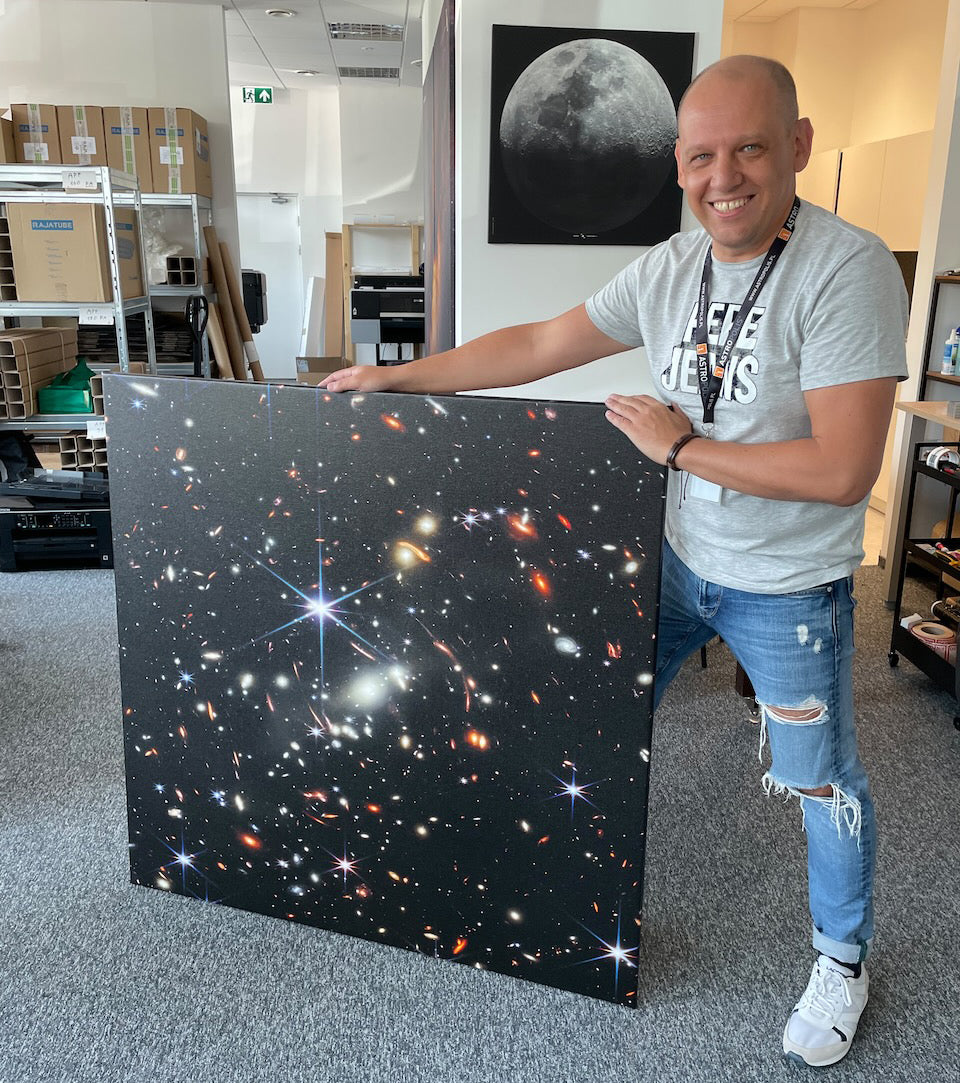
![4 Incredible Space Posters and Wall Art for Man’s Cave [Inspirations]](http://astrography.com/cdn/shop/articles/mans-cave-2-16x9-1_83814d94-574a-4782-a3a0-cf4e59620b81.webp?v=1763116144&width=1080)
